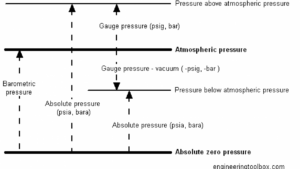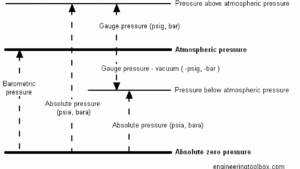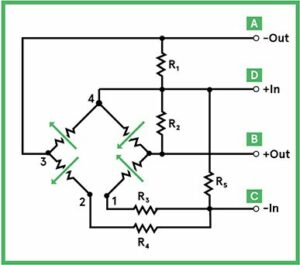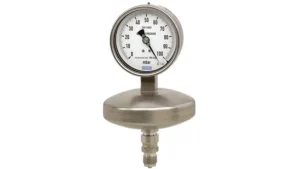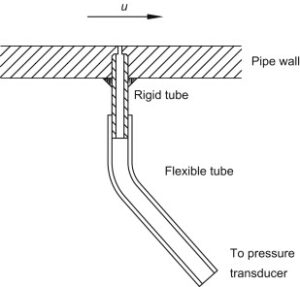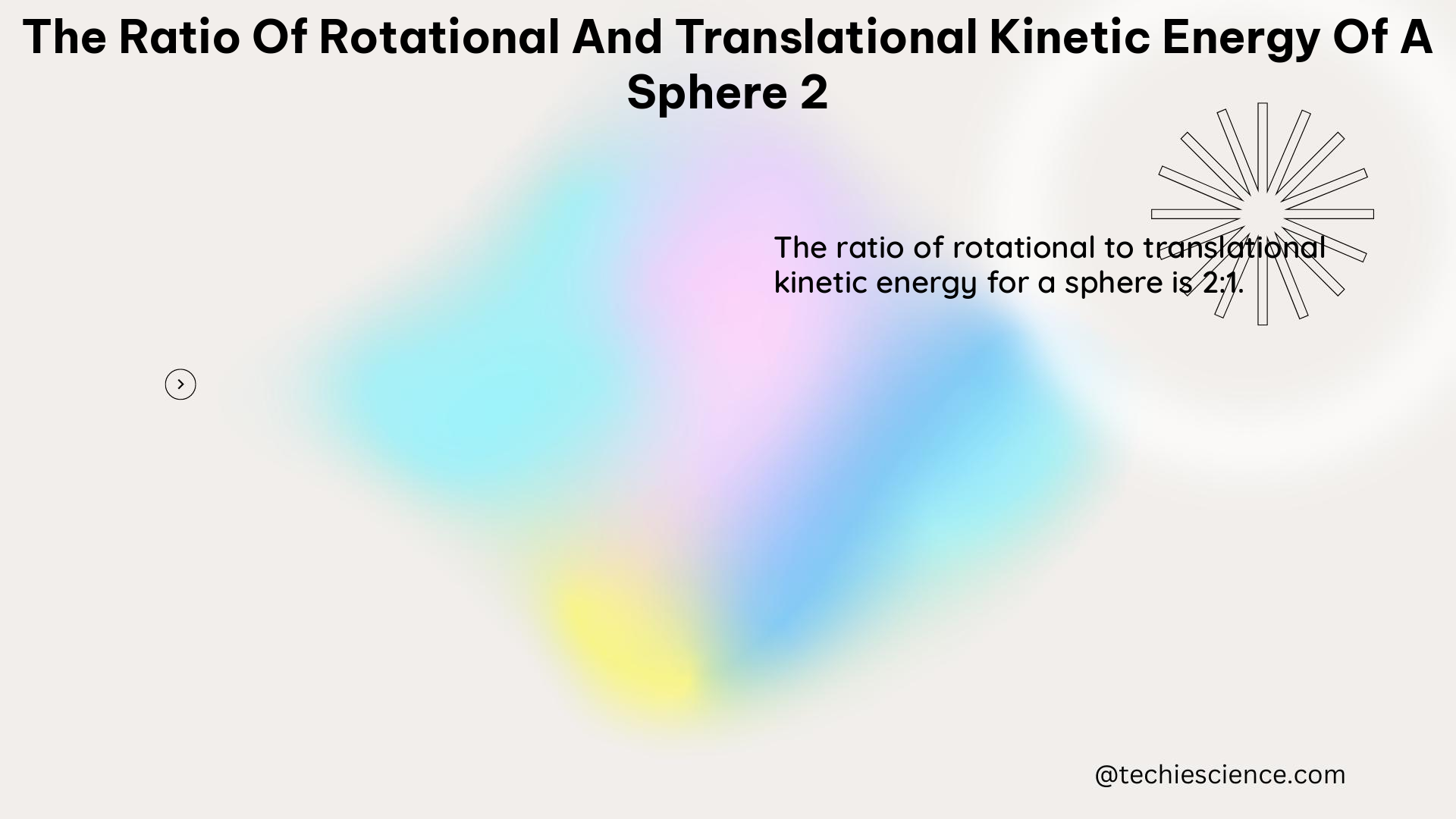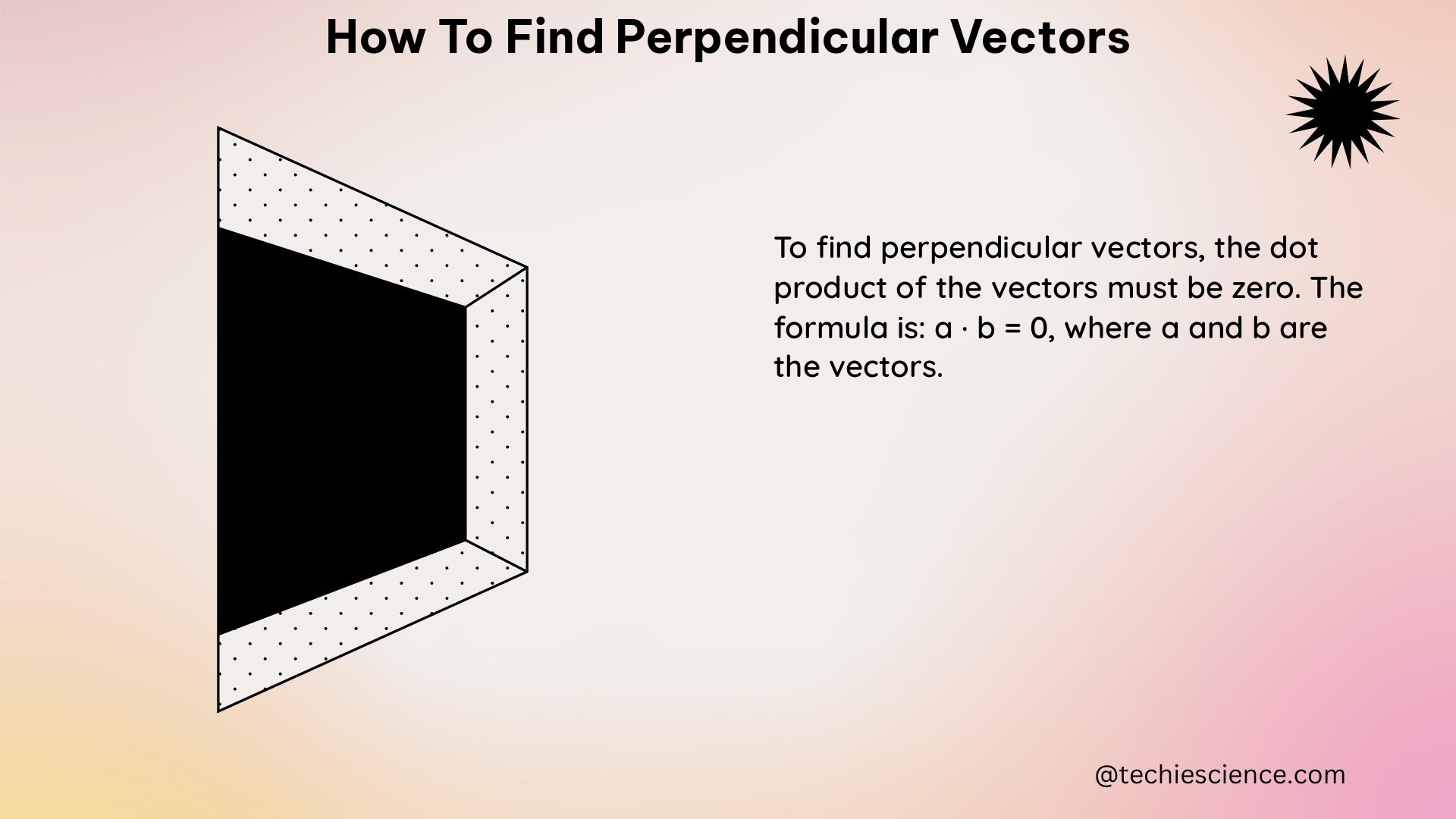In this article I’m going to explain what dynamic pressure is with 12+ dynamic pressure example.
Dynamic pressure can be defined as the change in kinetic energy per unit mass of an incompressible fluid. The mathematical formula of Dynamic pressure is- Pd=1/2ᑭv^2 where ᑭ is the mass per unit volume and v is the velocity of the fluid.
12+ dynamic pressure example are written below:
- Combustion Engine of a car
- Turbomachines
- Spacecrafts and Aircrafts
- Oscillations
- Processes related to Production
- Robotics
- Fluid Control processes
- Pharmaceutical needs
- Blast Waves
- Ballistics
- Automotive Industry
- Frequency and Amplitude measurement
From Bernoulli’s theorem we can say that for an incompressible fluid the sum of change in pressure energy (p/ᑭ),kinetic energy(1/2v^2) and potential energy per unit mass(gh) is always constant. So the mathematical form of Bernoulli’s theorem is-
p/ᑭ+1/2v^2+gh=constant,where g is the gravitational acceleration. So here the second term of Bernoulli’s equation refers to the Dynamic Pressure(Pd) of a fluid. Normally mathematical expression of kinetic energy is 1/2.m.v^2. But here we have taken kinetic energy per unit mass that is why the expression has become 1/2v^2.
Mass(m)= volume(V) * density(ᑭ)
here,V=1 unit,
So, m=ᑭ and 1/2mv2= 1/2ᑭv^2=Pd
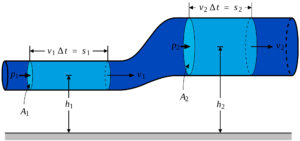
1.Combustion Engine of a car
Combustion engine of a car is one of the most important dynamic pressure example. Today the whole world is concerned about emissions of poisonous gasses from the combustion chamber of a car. So the measurement of dynamic pressure inside the gas cylinder of a car can make us able to detect whether the level of emission in a car is low or high.
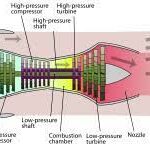
2. Turbomachines
Turbomachines are another important dynamic pressure example. Turbomachines are those machines which use blades to convert wind energy and mechanical energy into electrical or thermal energy. Examples of turbomachines are turbines,ceiling fans,exhaust fans,compressors etc. To measure the efficiencies of the turbomachines and to detect their sources of losses dynamic pressure measurement is necessary. To measure the value of thrust and to identify if the pressure is excess there dynamic pressure is measured in the rocket propulsion system.

3. Spacecrafts and Aircrafts
Construction and designing of spacecrafts and aircrafts need a stable structure to be used to fulfill human necessities. Unstable pressure within the spacecrafts and aircrafts can lead to complete destruction of them which in turn can cause deaths of many people. To avoid this problem dynamic pressure should be calculated accurately.
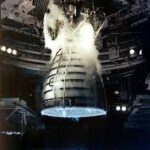
Sometimes this unstable pressure within the construction of vehicles and bridges can cause them to be damaged.
4. Oscillations
In acoustics mainly the oscillations that are low amplitude in nature measure the acoustic or sound pressure related to atmospheric pressure. This pressure is measured in decibel units. This pressure includes the noises within a house and outside the house,other external noises of vehicles,machinery of industrial areas etc.
The mathematical expression to calculate this oscillation pressure is
dB= 20 log(P/P0) where P is the gauge pressure and P0 is the atmospheric pressure here.
5. Processes related to Production
In the processes of plastic production, expulsion and die casting are done at a very high pressure but at very low frequency. So here in the production industry measurement or calculation of dynamic pressure is a much needed condition to extend the business and to increase both the quality and quantity of materials. It is another important dynamic pressure example to be noted.
6. Robotics
In today’s world robotics is moving at a very fast rate which will omit all human labor one day. In the body parts of robots we use pressure sensors to measure dynamic pressure. This in turn makes the robot work perfectly. These sensors usually act at a very low frequency. It is another notable dynamic pressure example.

7. Fluid Control processes
Machines based on hydraulic pressure like valves,pumps,engines,compressors etc help to control the movements of parts of objects. To know if these machines are acting perfectly the dynamic pressure should be calculated at a very high amplitude. Whenever a special activity is to be catched then a very high frequency should be maintained. It is one of the important dynamic pressure example.
Otherwise all operations within these machines require a low range of frequency. But in case of operations of pneumatic machines we require a low range of frequency and a low amplitude.
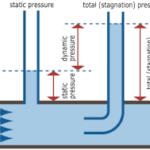
8. Pharmaceutical needs
In the blood pressure measurement of a patient there are two steady values of systolic and diastolic pressure. So the measurement of dynamic pressure gives us additional information about a patient’s health condition. Other than this orthopaedists use the method of walking of patients to measure their foot pressure which helps them to accurately identify the problem and to treat them properly.
In case of accidents or any other sudden health problem dynamic pressure measurement of body parts is also done in order to cure them.
9. Blast Waves
When an explosive bursts it emits a pulse of pressure which is termed as blast wave. This can be an air blast or an underwater blast wave. Here the dynamic pressure measurement helps in two different ways. One is when the explosives need to test their maximum capability of destruction and the other is when the battalions want to check whether their shelters are able to stand firm against any kind of air blasts or not.
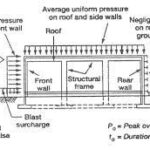
10. Ballistics
In the chamber of ballistic missiles,guns and other weapons,the value of dynamic pressure should be checked in order to resist any kind of explosions or other dangerous effects. This is another remarkable dynamic pressure example.

11. Automotive Industry
Exhaust pressure inside a vehicle is also measured. This is basically a parameter to control emissions from a vehicle. To achieve low emissions of hazardous gasses How much fuel should be injected in a cylinder of a vehicle to achieve low emissions of hazardous gasses is decided by this parameter.

12. Frequency and Amplitude measurement
Frequency and amplitude are heavily affected by the measurement of dynamic pressure in an instrument. Temperature range,fluid medium of which the dynamic pressure is being measured,chemical conditions etc also affect the value of dynamic pressure of a fluid. It is another notable dynamic pressure example.
Also, please click to know about 16+ Relative Pressure Example.
Also Read:

